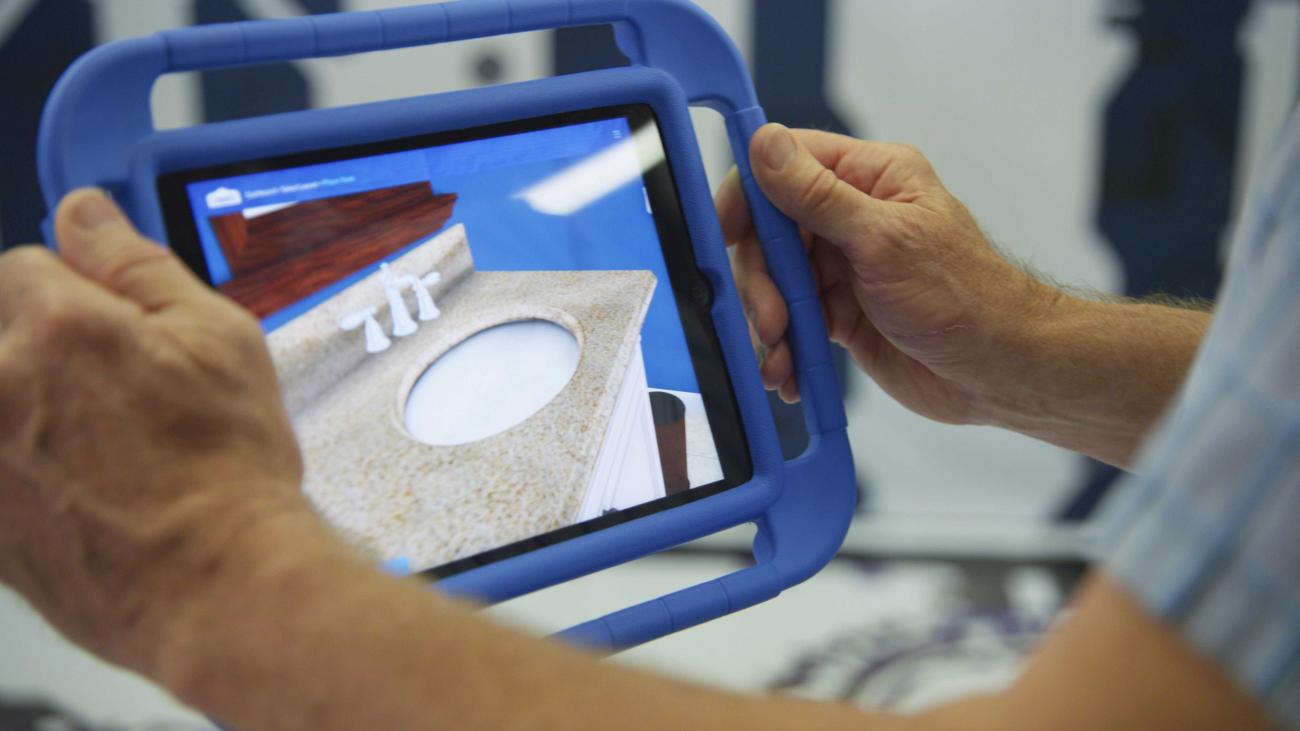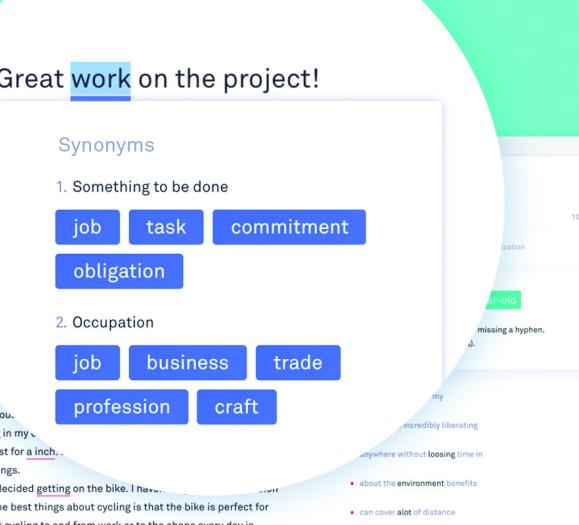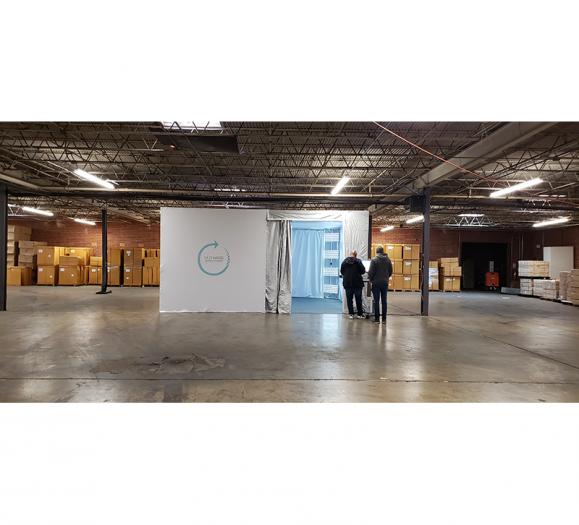A recent study from U.K. mixed reality company DigitalBridge concluded that consumers are less likely to buy the right items for their home – and less likely to shop in general – because they can’t envision what products will look like in their space. The solution offered? Virtual and augmented reality technology.
While this study focused on the British economy, the future of these technologies is relevant for home decor retailers anywhere. Stateside retailers like IKEA, Lowe's, Pottery Barn and Wayfair have been working on augmented (AR) and virtual reality (VR) technology, and more will surely follow.
Here's what you need to know about how this technology is changing the home decor industry.
Shopping Smarter, Not Harder
Augmented reality technologies overlay digital imagery into the real world. Wayfair’s WayfairView app allows users to virtually place items in their home using a smartphone. Virtual reality technology fully immerses the user in an experience. The Holorooms at select Lowe’s locations let users design their space on a tablet and experience it in 3D using Oculus Rift.
We don't know how these AR/VR technologies directly impact sales, but in a 2014 Accenture survey, 86 percent of respondents sad they’d be more likely to make a purchase if they had used a virtual furniture app. That definitely shows promise.
Beck Besecker, CEO and co-founder of AR/VR app development company Marxent, says using these tools can increase customer purchasing confidence.
“Shopping for furniture in a showroom, or even online, does not allow consumers to really visualize how a new item will fit within the context of their homes, or with other items they may be interested in,” Besecker says. “AR/VR tools that enable product visualization can help consumers to have a more experiential and productive shopping experience, and increase confidence in purchases. In turn, this confidence will reduce the sales cycle, and increase overall transaction sizes and sales.”
While there is the strong potential for payoff, Besecker says retailers should carefully plan their use of AR/VR use before jumping into it. Retailers should approach product visualization not only in terms of singular AR/VR products, but rather their 3D product strategy as a whole before investing in it.
“It’s important to take a step back to consider the business challenge that you want to address and tailor the experience toward solving those problems, rather than implementing a one-off AR/VR experience for the sake of doing one,” he says.
Looking Ahead
A 2016 report from Goldman Sachs predicts that in 2025, consumers will buy $158 billion worth of products in the retail sector using VR/AR technology. The report predicts an average transaction size of $5,000, since the technology will be used more for higher-end purchases. The report says AR/VR is "a technology retailers will have to invest in to serve their customers and keep ahead of their competition."
Besecker says as the technology matures, 3D product strategies will become the norm in the retail industry.
“As such, the shopping experience may shift to have less of a focus on in-store experiences or even eCommerce, as new retail formats emerge,” Besecker says. “For example, by displaying 3D products on a touchscreen or kiosk in a mall, retailers can offer their customers a convenient and personalized shopping experience, while cutting down on overhead costs of real estate and staffing.”
AR/VR technology makes shopping easier, and it's getting less expensive for companies to invest in. While it may not be mainstream now, it's a safe bet AR/VR technology will be soon. What are your biggest concerns about AR/VR technology? Share with us!







